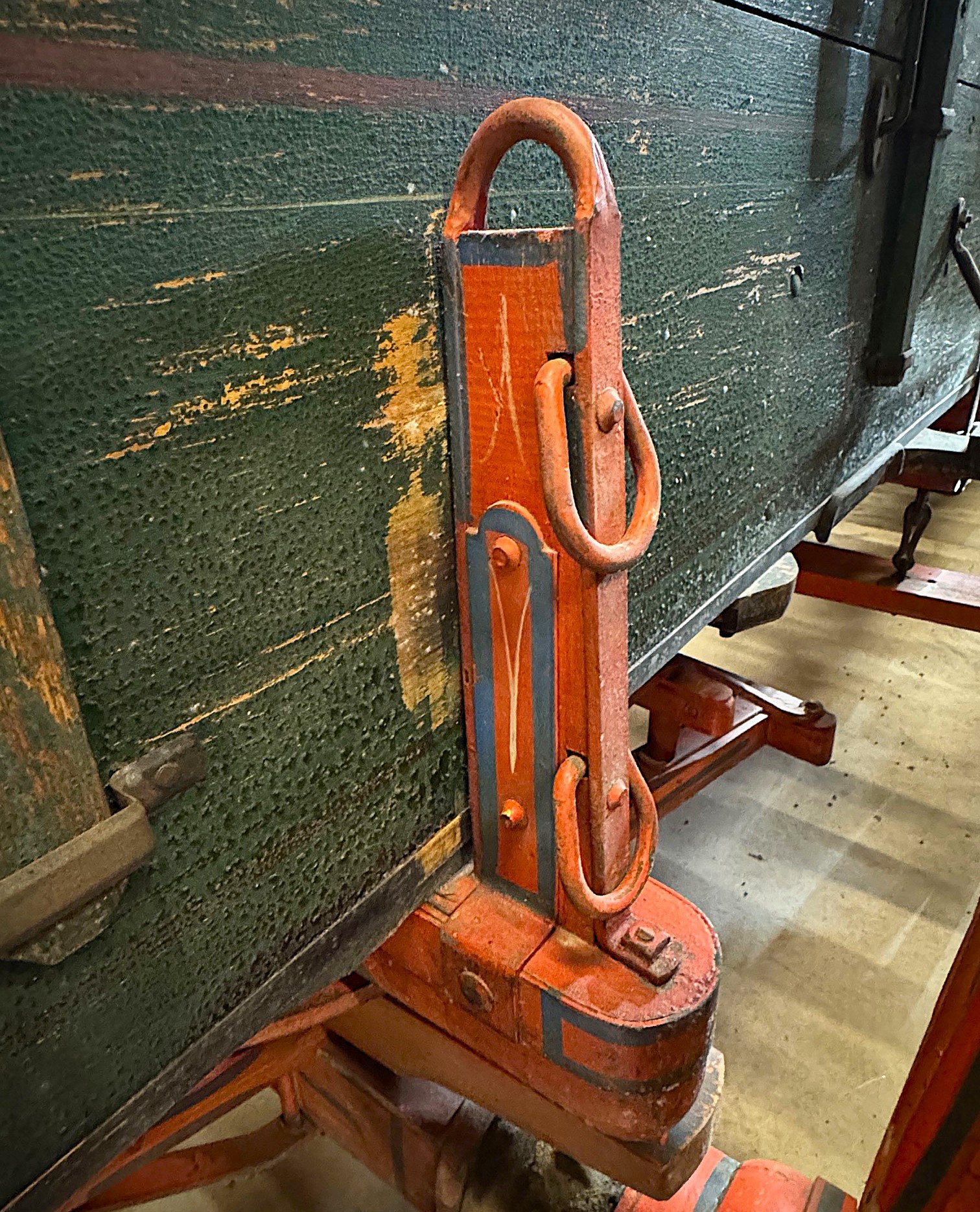Over the decades, I've regularly shared that every part of an antique wagon has something to say. For instance, it's possible for a particular trait to help us better understand all kinds of things including... the build timeframe or location of manufacture, some piece of forgotten innovation, the vehicle type or design purpose, and even the identity of a specific builder.
To that point, I'm often asked about the uprights on each side of a wagon gear. The queries are typically along the lines of how are these used, what are they called, how many variations are there, etc. There are innumerable styles of these vertical supports but most all are referred to as bolster stakes or standards. They're positioned on the sides of most farm wagons (running gears). Two are positioned toward the front of the running gear and two are located near the rear. They are affixed to each end of the front and rear bolsters and may be made of wood or metal, or a combination of both. Likewise, they can include rings, loops, hinges, hooks, and open slots or sleeves. Ultimately, they have several purposes, including...
· Providing locations to help secure a load.
· Using as a side support or extendable side support for stacked loads.
· Adding lateral stability and reinforcement to the wagon bed.
Due to the variety of stake designs, this is also a feature that can help point to the identity of a maker. I say 'help' point because no single piece of a wagon should ever be used to confirm an identity. There are too many opportunities for oversights when only one structural element or design clue is used to point to a single builder. In truth, the more elements we can point to that confirm a maker, the better.
Because I regularly receive inquiries on this area of wagon construction, I thought I'd also share a few of the intriguing patents that were awarded during the 1800s and early 1900s. How many different design variations of bolster stakes have you seen?
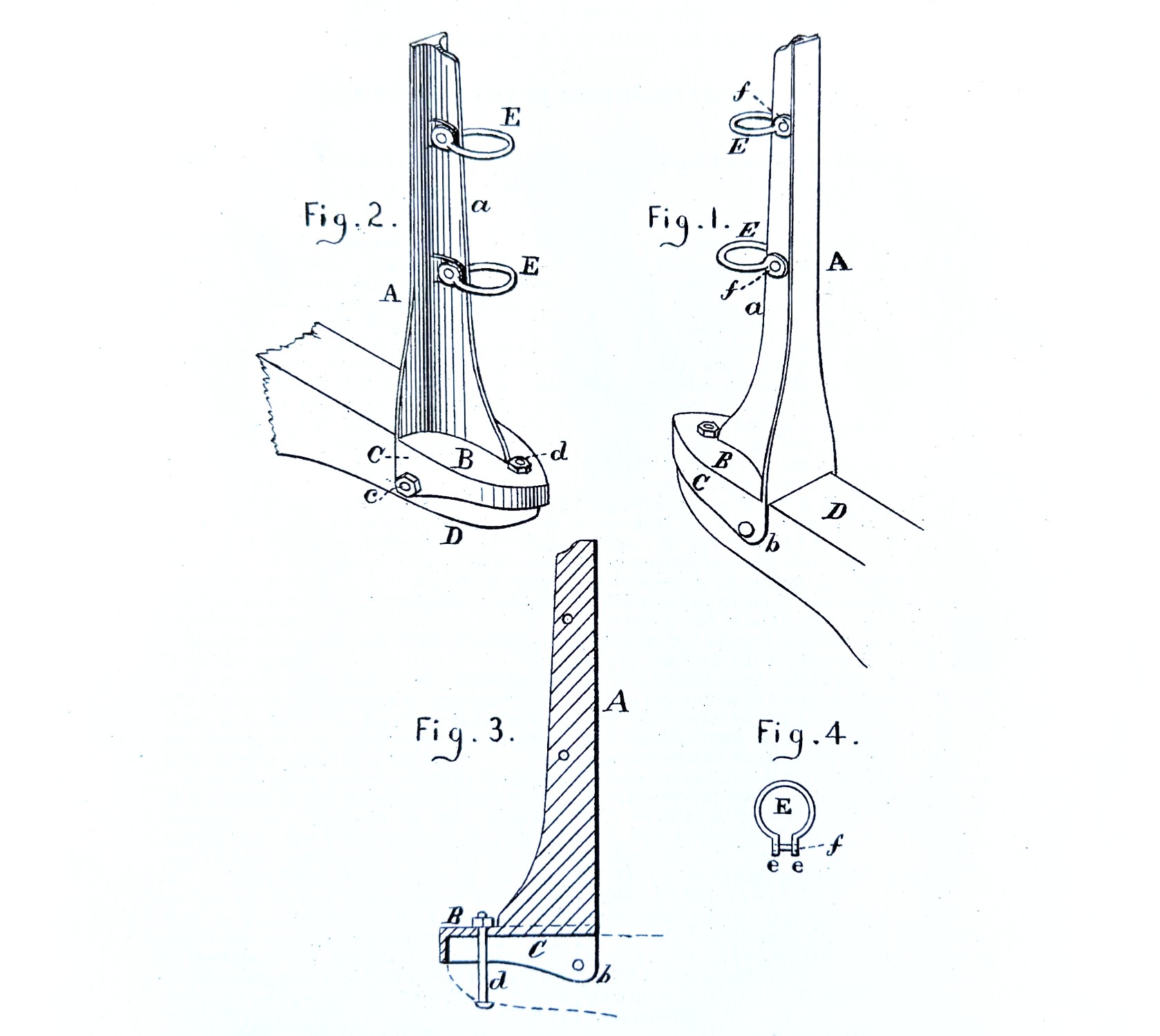
The drawings above are from an 1874 patent for metal bolster stakes.
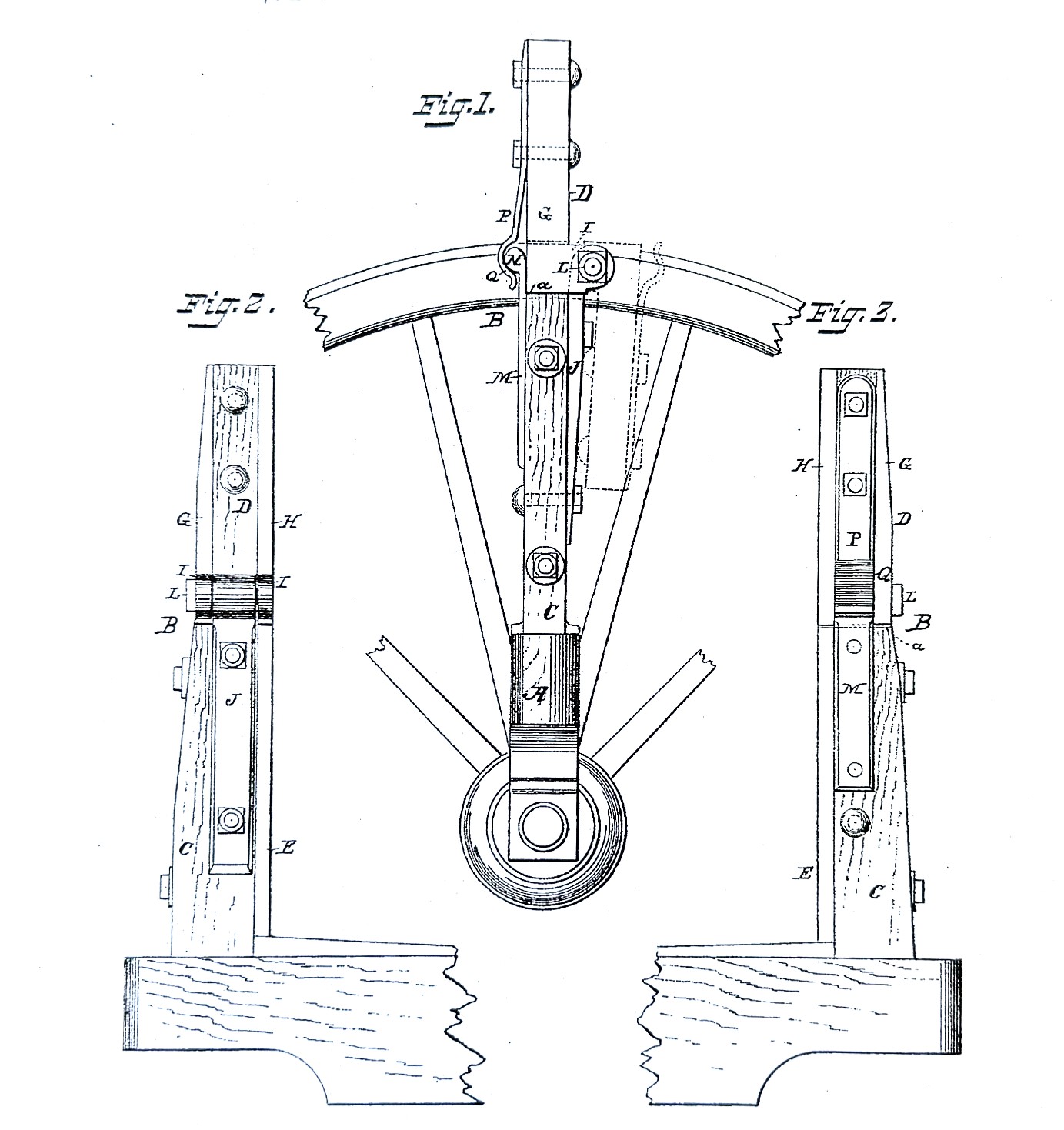
These patent images date to 1888 and cover a folding/hinged bolster standard.
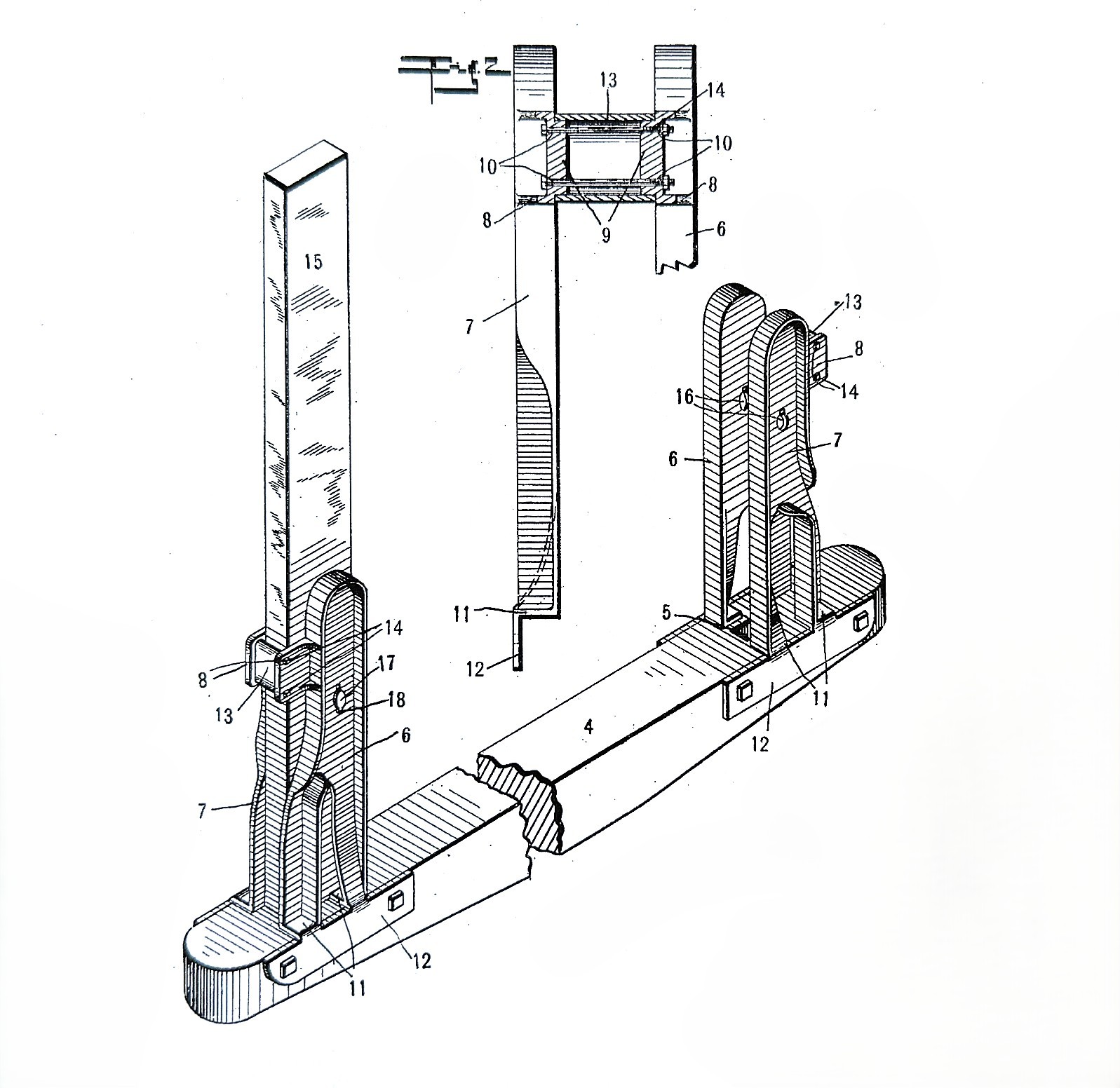
Dating to 1901, this patent incorporates a metal sandwich that allows for extensions to be included as necessary.
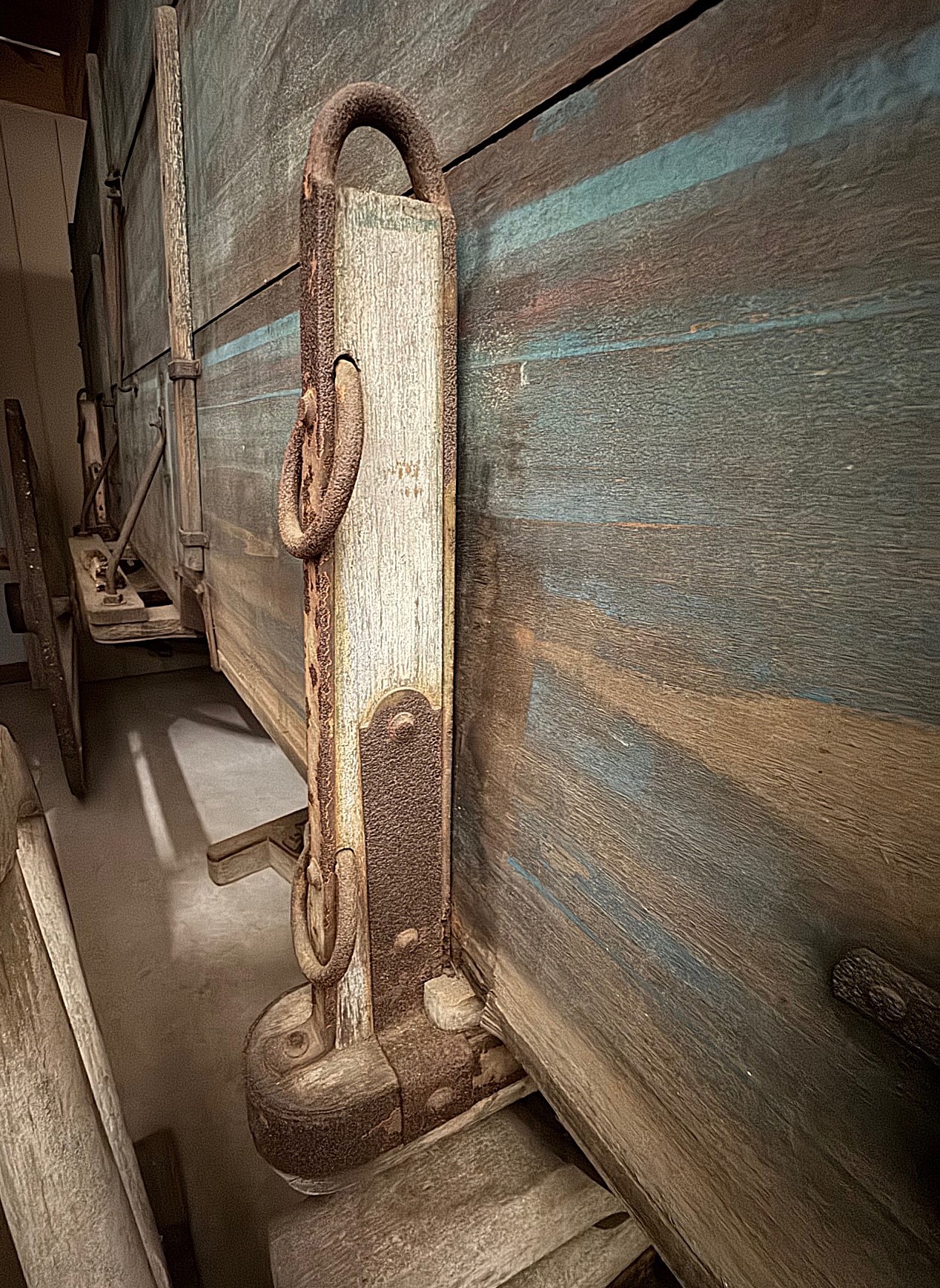
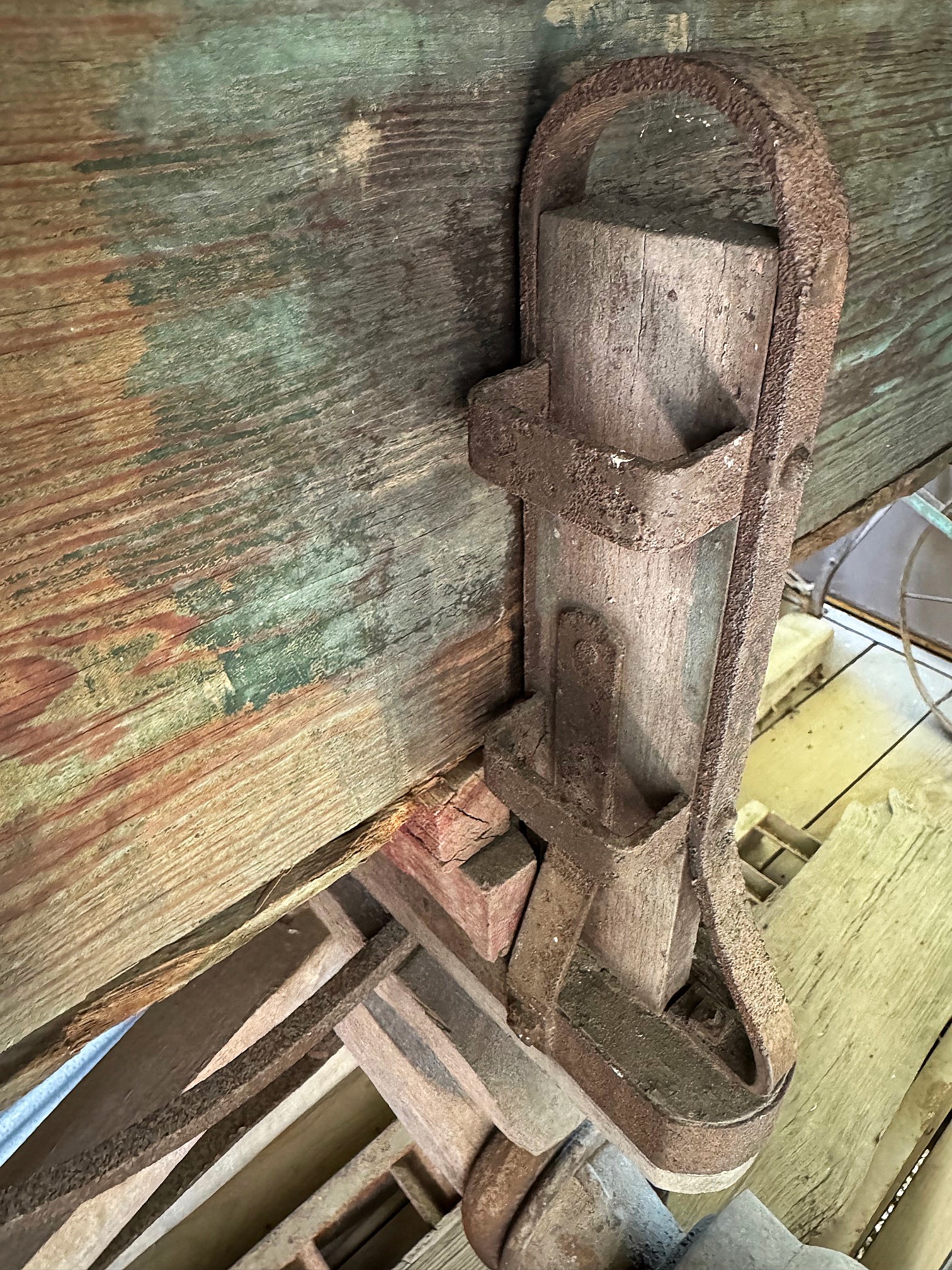
Some Weber brand wagons have bolster stakes with metal slots for receiving wooden extensions.
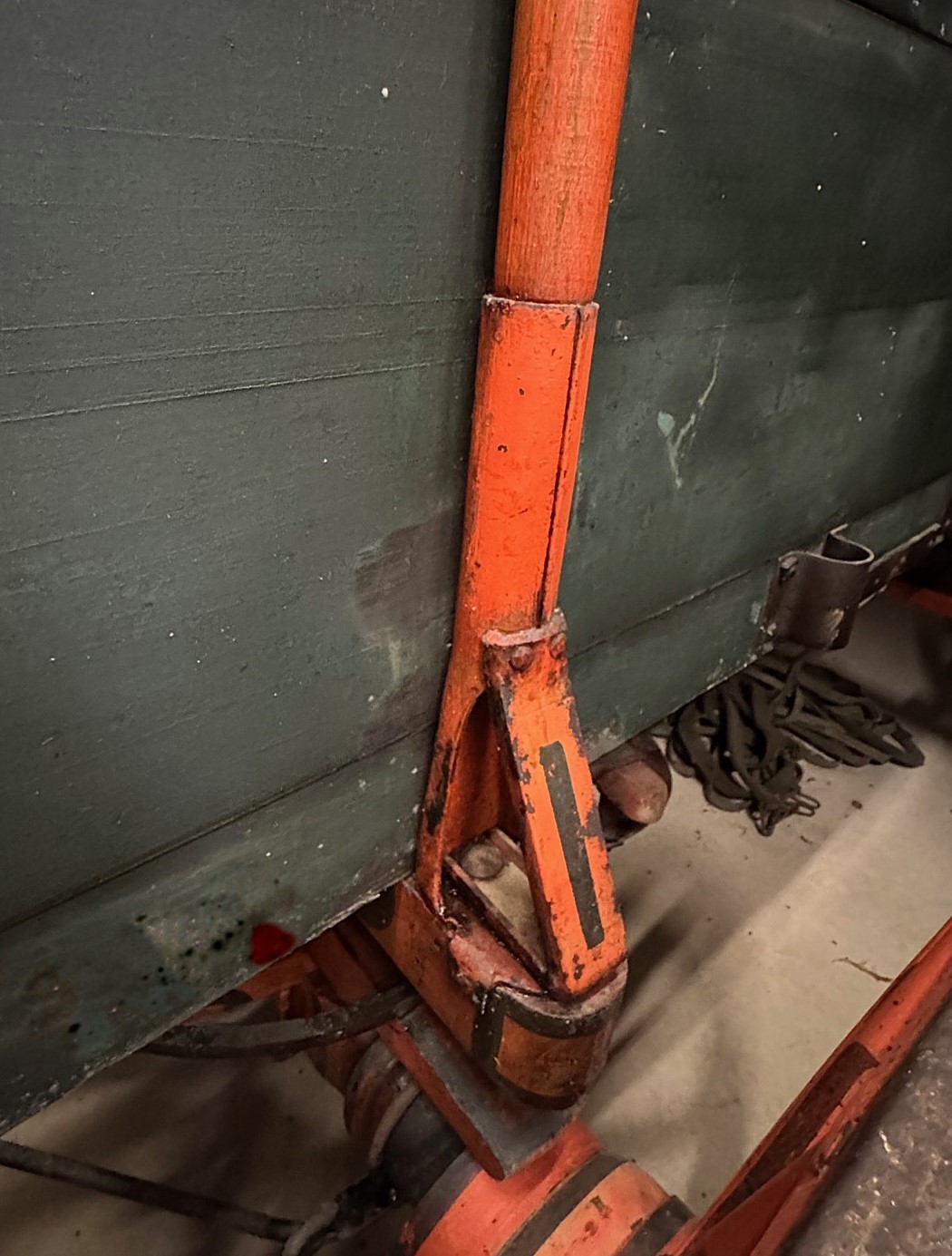
T.G. Mandt applied for a patent on this bolster standard in 1898. The metal configuration features a round, vertical slot that allows removeable side extensions to be used.
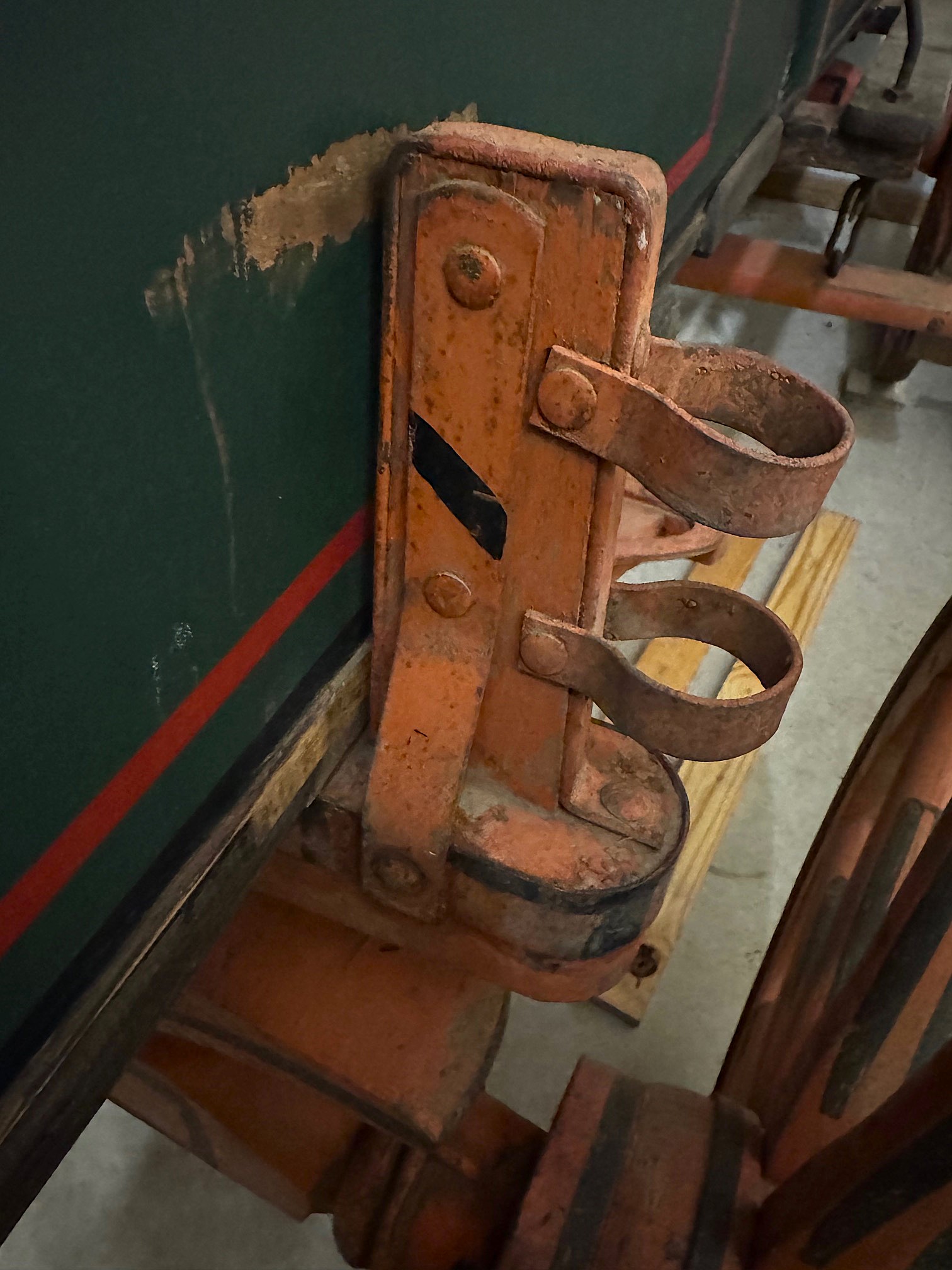
Over the years, Springfield-branded wagons used a variety of different bolster stakes. Understanding what was used and when can help narrow down timeframes of manufacture.
Whatever the area of study, from spoke shapes and brake shoes to box rods, reaches, sandboards, skeins, double tree designs and so forth, these old vehicles are full of intent. Even a seemingly innocuous paint swirl or wood chamfer will have purpose and reason. So, the next time you walk by an original piece of yesterday, slow down and take notes. The old workhorse is talking to you and the details you glean could mean the difference between saving history and losing it. One by one, from identity to understanding, there's A Lot At Stake.
Please Note...
If you haven't signed up to receive a notice anytime we update our Blog and Articles sections as well as the Products and Vehicles pages, it's super easy. Just click on the link in the upper right of our website (wheelsthatwonthewest.com) and leave your email address. That's all you need to do to stay in the loop anytime we add materials to the site! WTWTW
Ps. 20:7
